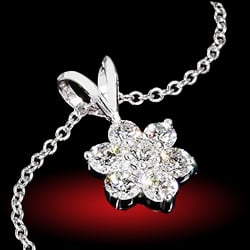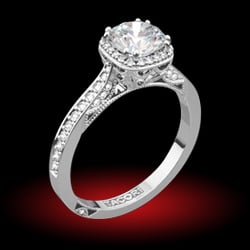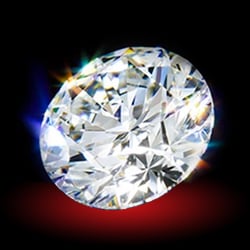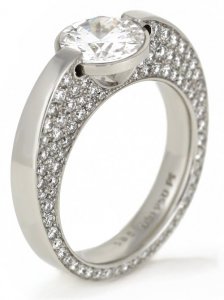february2003bride
Ideal_Rock
- Joined
- Jan 18, 2005
- Messages
- 3,558
Is 950 Palladium considered cheap? (that's the correct thread title. For some reason the title got cut off)
I need to have my 950 palladium setting sized up a bit. It's a wide setting and with summer here I'm going to pop my knuckle out trying to pry my ring off!
 I called several jewelers in my area and found exactly TWO who work with palladium; Quest Jewelers (whom I'm going to use to size the ring up) who said they have been working with palladium 2 years now and Bella Diamonds Inc, who said their benchmen are newly trained to work on palladium.
I called several jewelers in my area and found exactly TWO who work with palladium; Quest Jewelers (whom I'm going to use to size the ring up) who said they have been working with palladium 2 years now and Bella Diamonds Inc, who said their benchmen are newly trained to work on palladium.
What surprised me was the one reaction I had from a jeweler. He said that his store didn't work with palladium because it is considered cheap in the jewelry industry. That the choices are gold and preferrably platinum for fine jewelry.

How true is that statement? For what it's worth, I'm very happy with my palladium ring and am contemplating other projects using palladium.
Thank you!
I need to have my 950 palladium setting sized up a bit. It's a wide setting and with summer here I'm going to pop my knuckle out trying to pry my ring off!

What surprised me was the one reaction I had from a jeweler. He said that his store didn't work with palladium because it is considered cheap in the jewelry industry. That the choices are gold and preferrably platinum for fine jewelry.

How true is that statement? For what it's worth, I'm very happy with my palladium ring and am contemplating other projects using palladium.
Thank you!










300x240.png)